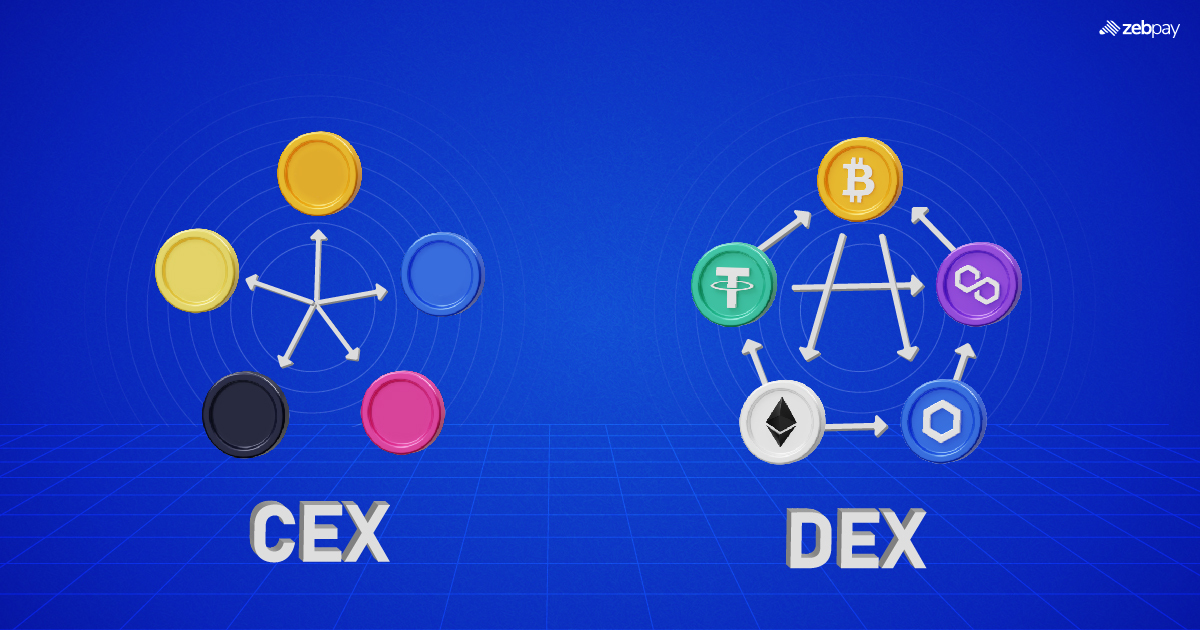An Overview
The crypto market is experiencing a downturn today, influenced by the regulatory enforcement events that are putting pressure on Bitcoin, Ether, and altcoin prices. The United States Department of Justice (DOJ) made a significant announcement on November 21st pertaining to Binance. Changpeng “CZ” Zhao stepped down as CEO of Binance as part of a major $4 billion settlement between United States agencies and the crypto exchange he founded on charges of anti-money laundering violations.
The prevailing price action in the crypto market reflects a downward trend as investors and money managers grapple with the implications and potential fallout from regulatory measures targeting the industry. The looming regulatory uncertainty has introduced a cautious tone, prompting market participants to assess and adjust their positions in response to the evolving regulatory landscape.
The relationship between the crypto industry and regulators has been historically strained, often characterized by misconceptions and mistrust regarding the true utility of digital assets.
In a significant development on June 5 and 6, 2023, the United States Securities and Exchange Commission (SEC) initiated civil lawsuits against two major centralized crypto exchanges, Binance and Coinbase. The SEC alleges that 61 different crypto assets, totaling $100 billion in value, should be classified as securities. While the initial indications hinted at robust measures against the crypto sector, the specifics remained elusive.
According to reports, Binance is expected to pay a substantial $4.3 billion in fines, and Changpeng “CZ” Zhao, the CEO, has plead guilty to violating U.S. Anti-Money Laundering requirements, ultimately stepping down from his role. The impact of such regulatory developments extends beyond Binance to affect investor sentiment in risk assets, including Bitcoin and altcoins.
Read more: Bitcoin Price Prediction
Preceding these events, on November 20, the SEC filed a complaint in a San Francisco federal court, alleging that the crypto exchange Kraken unlawfully facilitates the buying and selling of crypto assets through its platform. These regulatory actions collectively contribute to the ongoing narrative of regulatory scrutiny and its consequential influence on the crypto market.
Market sentiment experienced a surge of optimism driven by the anticipation of a potential approval for a spot Bitcoin exchange-traded fund (ETF) in November. This sentiment propelled Bitcoin’s price to an 18-month high surpassing $38,000. However, the optimism came to a halt when the SEC (U.S. Securities and Exchange Commission) announced on November 17th that the decision on the Bitcoin ETF approval would be delayed.
Despite BlackRock expressing the belief that the SEC lacks a legitimate reason to withhold approval for a crypto spot ETF, there is a prevailing sense that the SEC is inclined to postpone the decision until 2024. This development has contributed to a diminishing euphoria in the market, reflected in the decline of Bitcoin’s price on November 21.
The SEC’s decision to delay Grayscale’s Ether futures ETF on November 15, coupled with the postponement of applications for the Hashdex and Global X ETFs on November 17, has added to the uncertainty. The crypto market is also awaiting the SEC’s decision on Franklin Templeton’s Bitcoin ETF application by November 21, with a potential delay pushing the deadline to 2024.
Read more: Ethereum Price Prediction
In response to the prolonged wait and regulatory uncertainty, traders appear to be securing profits at the current multi-month-high prices in the crypto market. This cautious approach reflects the market’s awareness of the potential for an extended timeline before significant regulatory developments unfold.
The recent downturn in major crypto assets has triggered a wave of liquidations across the derivatives market. Over the last 24 hours, a staggering $148.7 million in long positions have been liquidated throughout the crypto market, with $113 million wiped out in the preceding 12 hours alone. The liquidation of long derivatives positions, without corresponding buying pressure from trading volume, has exerted a negative impact on crypto market prices.
As the crypto market contends with these challenges, including the fluctuating influence of economic and regulatory factors, its short-term trajectory remains uncertain. The interplay of various elements in this dynamic landscape will continue to shape the market’s direction in the foreseeable future. Traders and investors are likely to monitor developments closely as the crypto market navigates through these multifaceted challenges.







